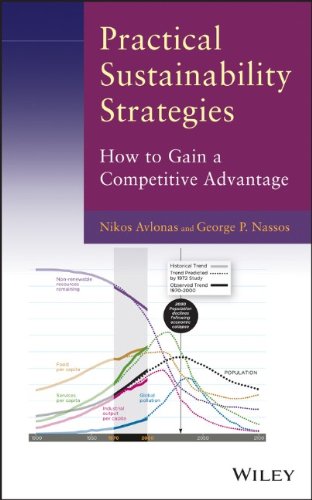

Most ebook files are in PDF format, so you can easily read them using various software such as Foxit Reader or directly on the Google Chrome browser.
Some ebook files are released by publishers in other formats such as .awz, .mobi, .epub, .fb2, etc. You may need to install specific software to read these formats on mobile/PC, such as Calibre.
Please read the tutorial at this link. https://ebooknice.com/page/post?id=faq
We offer FREE conversion to the popular formats you request; however, this may take some time. Therefore, right after payment, please email us, and we will try to provide the service as quickly as possible.
For some exceptional file formats or broken links (if any), please refrain from opening any disputes. Instead, email us first, and we will try to assist within a maximum of 6 hours.
EbookNice Team

Status:
Available4.5
29 reviewsBased on the authors' many years of research and hands-on experience, this book provides tested and proven practical strategies that make it possible for organizations to develop, maintain, or extend their competitive advantage without causing harm to the environment and society. Moreover, it explains how to set goals and objectives and then monitor, measure, and report on progress towards achieving corporate social responsibility and environmental sustainability. Most importantly, readers will discover that this can all be accomplished while, at the same time, improving bottom-line profitability.
Practical Sustainability Strategies: How to Gain a Competitive Advantage is divided into four parts:
Case studies based on the authors' research and fieldwork illustrate how leading companies have implemented each of the sustainability strategies discussed in the book. There's also an appendix with additional case studies exploring various aspects of business practices and sustainability.
Practical Sustainability Strategies is ideal as a graduate textbook as well as a reference for business managers. All readers will not only gain a greater appreciation for sustainable development, but also the skills needed to integrate sustainability into all aspects of their organization's business practices.
Content: